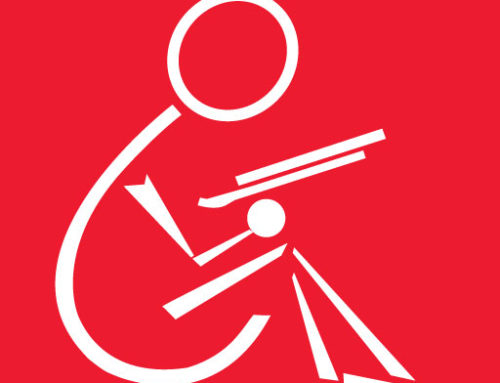 Have you ever texted or tweeted a story to a friend? If you have, you’re officially an author—you’ve written micro-literature, or micro-lit for short.
Have you ever texted or tweeted a story to a friend? If you have, you’re officially an author—you’ve written micro-literature, or micro-lit for short.
What exactly is micro-lit? It’s literature designed to be consumed quickly, often thanks to technology. In the mid-2000s, videophones and the first smartphones hit the streets, and people wanted to read and write on their phones. But at the time, no one could really squeeze a 300-page novel onto those tiny screens.
A solution presented itself: smaller screens called for smaller (read: shorter) writing. In this way, new technology gave birth to a new writing format. The increased use of text messaging and tweeting also encouraged a character-limitation mindset, which helped the idea of micro-lit grow. Classifying what is and isn’t considered micro-lit is relatively subjective, but the concept has certainly expanded over time.
Numerous programs and websites began popping up where users could share their micro-lit, such as textnovel.com, which still runs today. Contributors have transformed classics and bestsellers into condensed micro-lit versions and added their own stories written specifically to fit the short format.
Micro-lit became quite popular, especially in Japan—tens of thousands of cell phone users read micro-lit in 2005. This is perhaps due to the fact that certain traditional genres like mystery, thriller, horror and humor seem to adapt well to micro-lit’s disjointed rhythm. Micro-lit also appeals to readers who are running low on time—they can consume complete stories in short bursts whenever they want.
Some writers turn to Twitter to publish micro-lit—a single tweet can tell a whole story, or authors can choose to serialize a tale through multiple tweets. Pulitzer Prize–winning author Jennifer Egan published a Twitter micro-lit short story in 2012 called “Black Box,” a sci-fi tale grouped into 47 “chapters.” Click here to give it a go! Others have turned elsewhere to serialize their writing. Downton Abbey creator Julian Fellowes published a full-length novel, Belgravia, in 11 weekly “episodes” via his website and corresponding app. Serialization of the past is gaining a renewal thanks to today’s technology.
Prefer books to screens? Micro-lit has also migrated into the realm of traditional publishing. Check out a list of six print examples of the writing form here.
Always dreamed of being an author? Just sit down at your keyboard (or pull out your smartphone), punch out a few lines and send it to a friend or coworker through your favorite social media. I wonder how new forms of electronic communication will transform the way that we write and read in the future.
Did You Know?
The world’s heaviest book is a stainless steel tome weighing just over 4,400 pounds! It’s a Hindi translation of The Buddha and His Dhamma (1957), originally written in English by Dr. B. R. Ambedkar. The 24-page colossal volume contains all the text of the original book, but each page is about 9 feet tall, 5.5 feet wide, and 2 inches thick. This is certainly no light reading!


